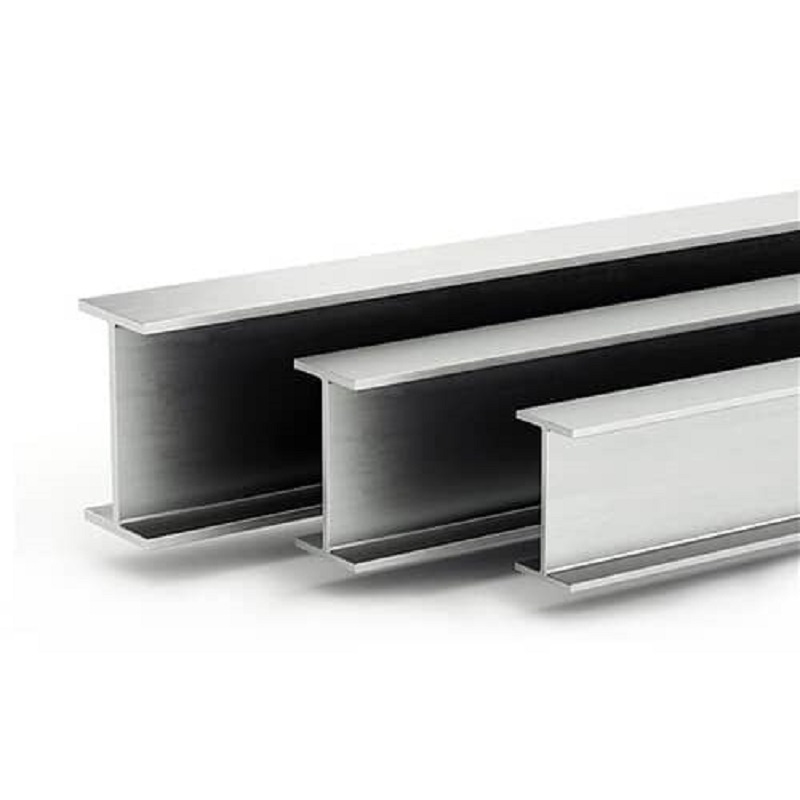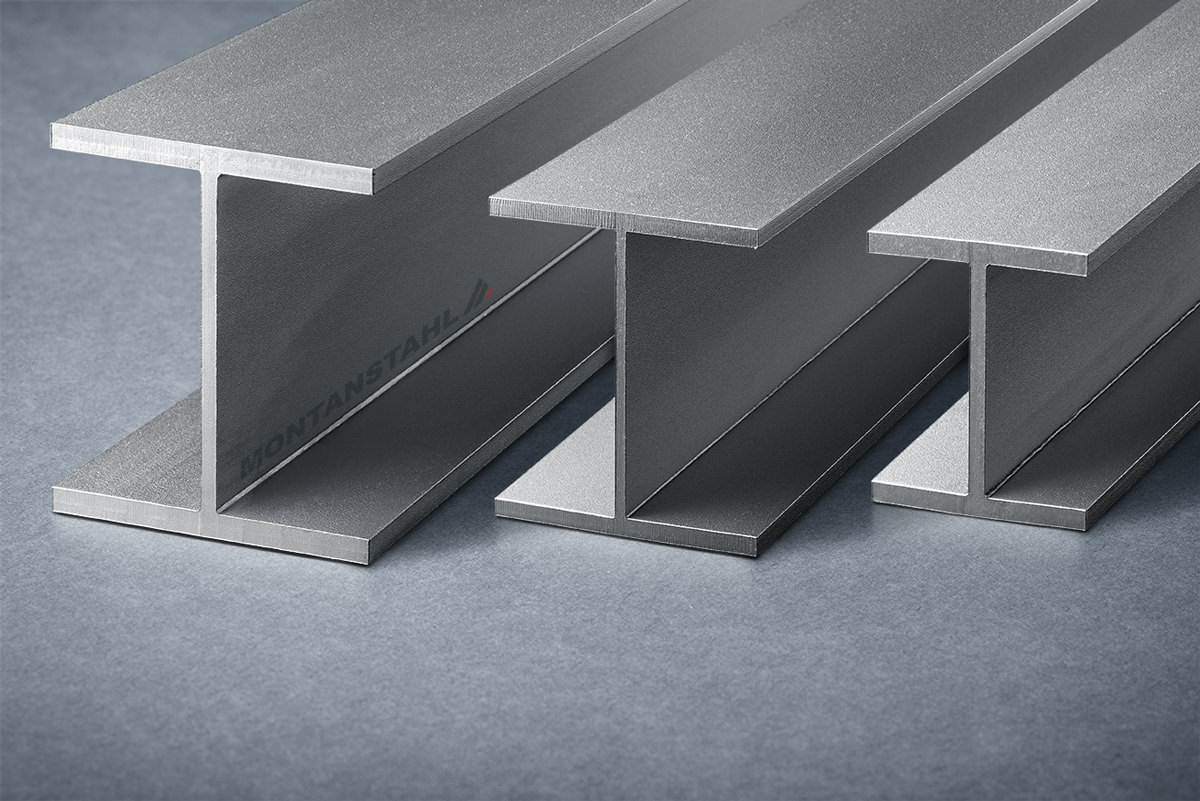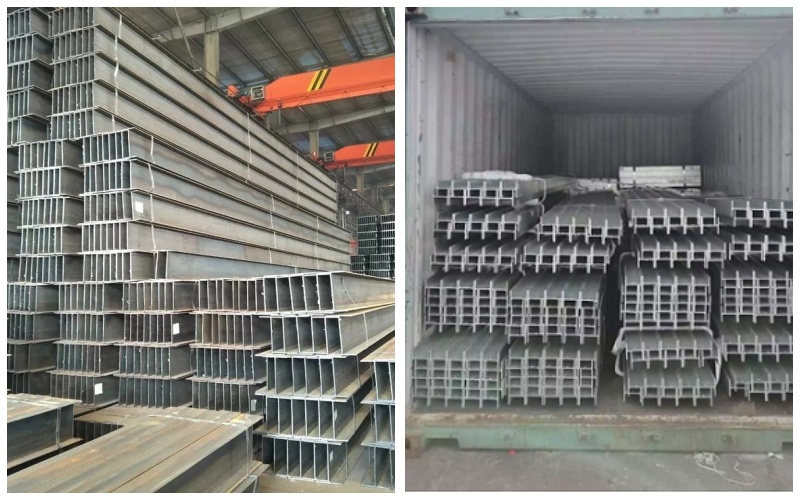10m H-Beam Steel
H-shaped metal is an budget friendly cross-section and high-efficiency profile with a extra optimized cross-sectional vicinity distribution and a extra realistic strength-to-weight ratio.
H-shaped metal has the blessings of robust bending resistance in all directions, easy construction, cost-saving, and mild structural weight, and has been extensively used.
Description
H-shaped metal is an cost-effective cross-section and high-efficiency profile with a greater optimized cross-sectional location distribution and a extra practical strength-to-weight ratio. It is named due to the fact its cross-section is the equal as the English letter "H". Since all components of H-shaped metal are organized at proper angles, H-shaped metal has the benefits of robust bending resistance in all directions, simple construction, cost-saving, and mild structural weight, and has been broadly used.
Property & Specification
High structural strength
High stability
Increased effective use area and easy processing
Size | 1. Web Width (H): 100-900mm 2. Flange Width (B): 100-300mm 3. Web Thickness (t1): 5-30mm 4. Flange Thickness (t2): 5-30mm |
Length | 1m - 12m, or as the customer requests |
Standard | GB ASTM, JIS, SUS, DIN, EN etc |
Material | Q235B Q345B Q420C Q460C SS400 SS540 S235 S275 S355 A36 A572 G50 G60 |
The inner and outer sides of the flanges of H-shaped steel are parallel or close to parallel, and the flange ends are at right angles, hence the name parallel flange I-beam.
H-shaped steel has wide flanges, thin webs, multiple specifications, and flexible use. It can save 15% to 20% of metal when used in various truss structures.
Because the inner and outer sides of the flange are parallel and the edge ends are at right angles, it is easy to assemble and combine into various components, thus saving about 25% of the welding and riveting work, which can greatly speed up the construction speed of the project and shorten the construction period.
Application
Various civil and industrial building structures; various large-span industrial plants and modern high-rise buildings;
Especially industrial plants in areas with frequent seismic activity and high-temperature working conditions; large bridges that require large load-bearing capacity, good cross-section stability, and large spans;
Heavy equipment; highways; ship frames;
Mine support;
foundation treatment
and dam engineering; various machine components.
Production Method
H-shaped steel can be produced by welding or rolling. Welding H-shaped steel is cutting strip steel with suitable thickness into suitable width and welding the flange and web together on a continuous welding unit.
Welding H-shaped steel has the disadvantages of high metal consumption, difficulty in ensuring uniform product performance, and limited size specifications. Therefore, H-shaped steel is mainly produced by the rolling method.
In modern steel rolling production, universal rolling mills are used to roll H-shaped steel. The web of the H-shaped steel is rolled between the upper and lower horizontal rollers, and the flange is rolled simultaneously between the sides of the horizontal rollers and the vertical rollers.
Since the flange edge cannot be pressed down by the universal rolling mill alone, it is necessary to set up an edge rolling machine behind the universal rolling mill, commonly known as a flange rolling machine, to press down the flange edge and control the flange width.
Packing & Delivery













